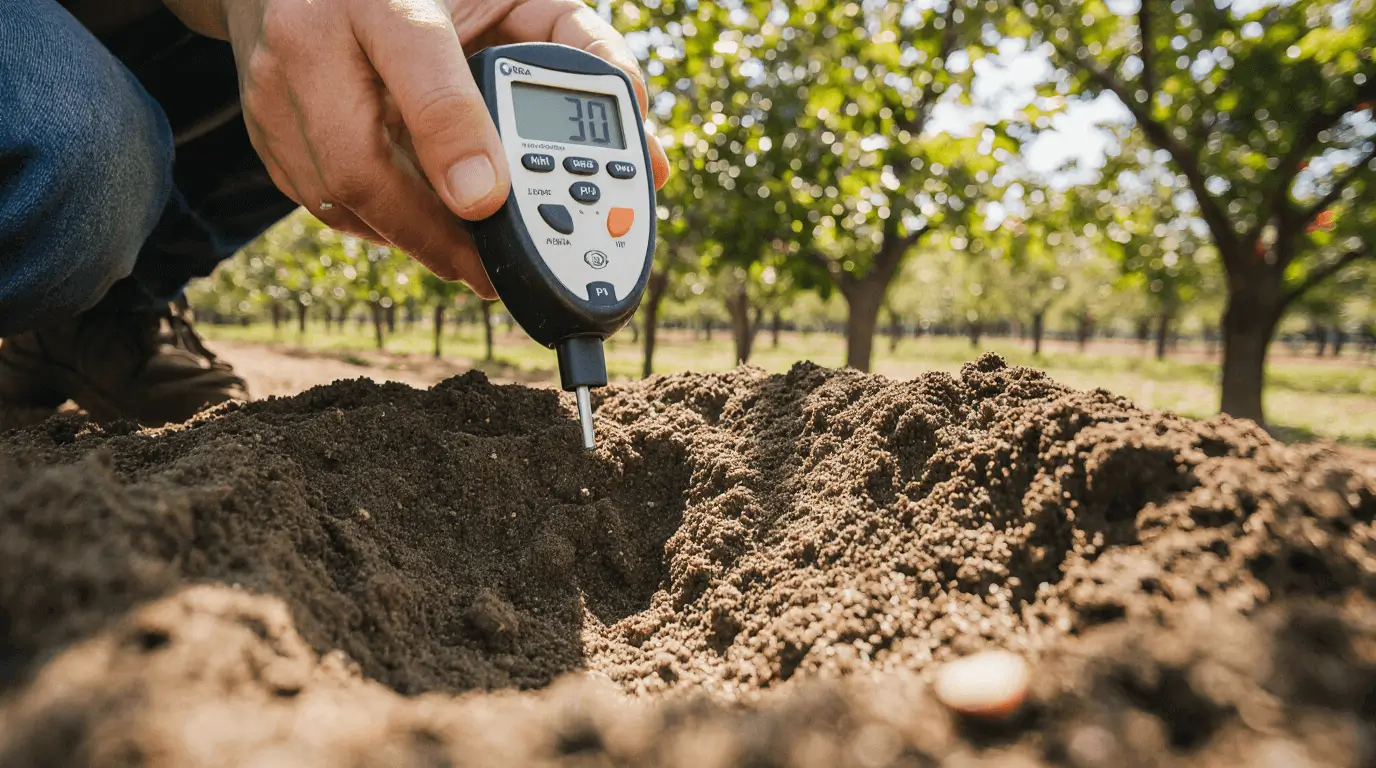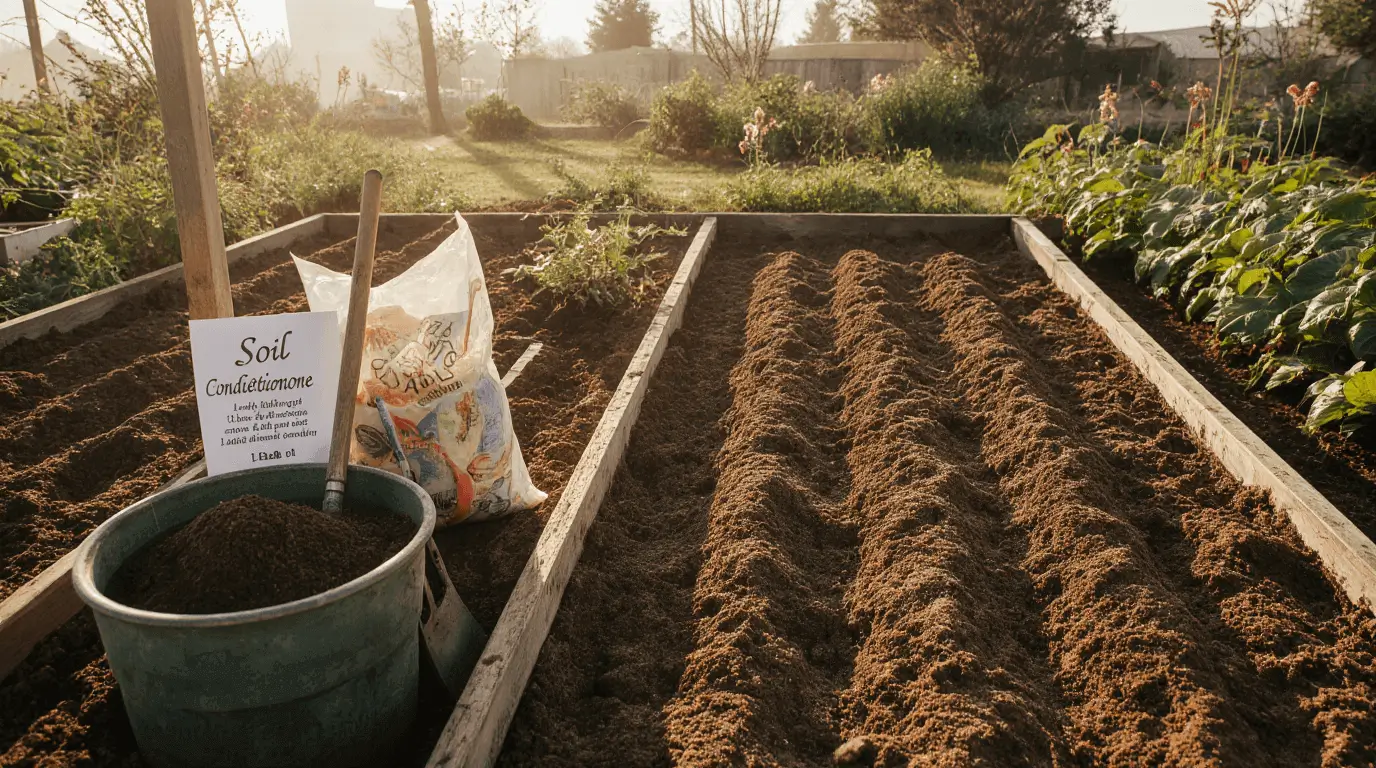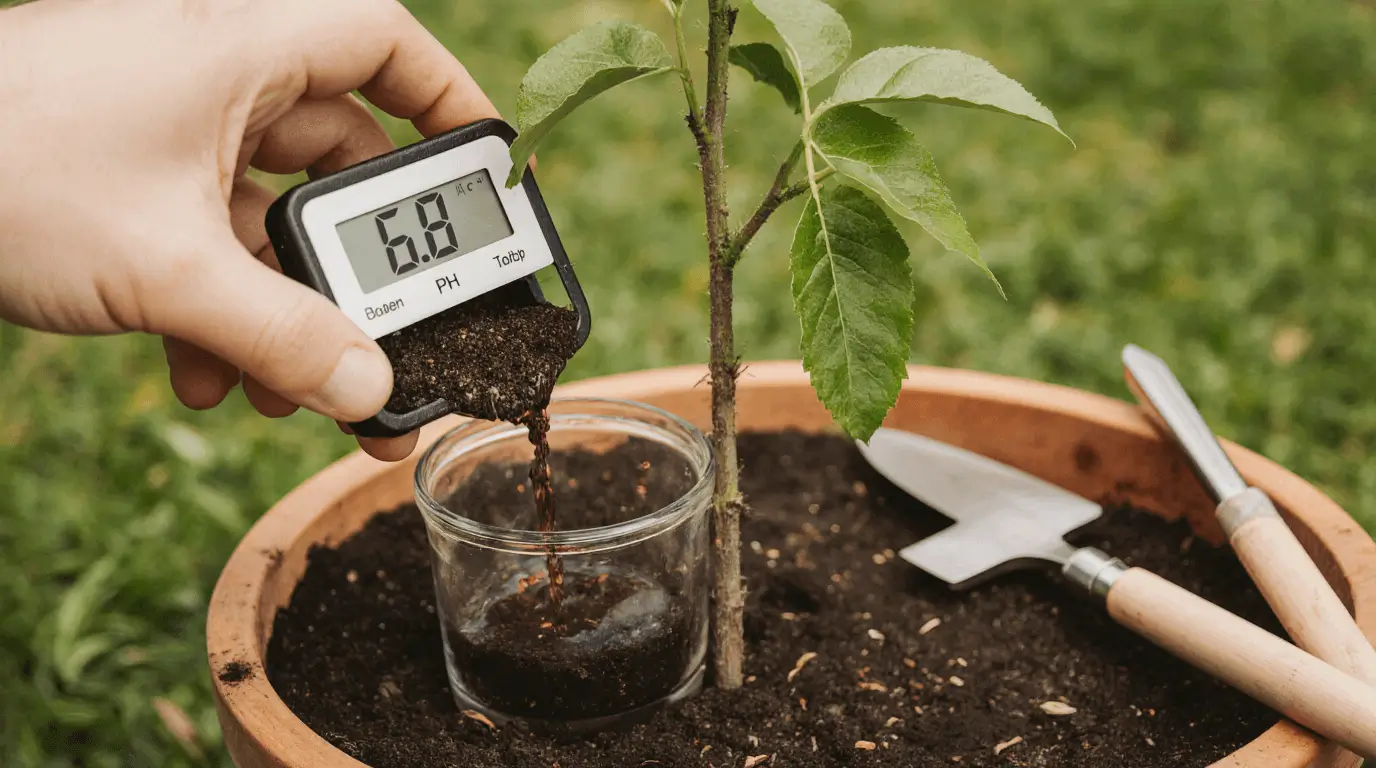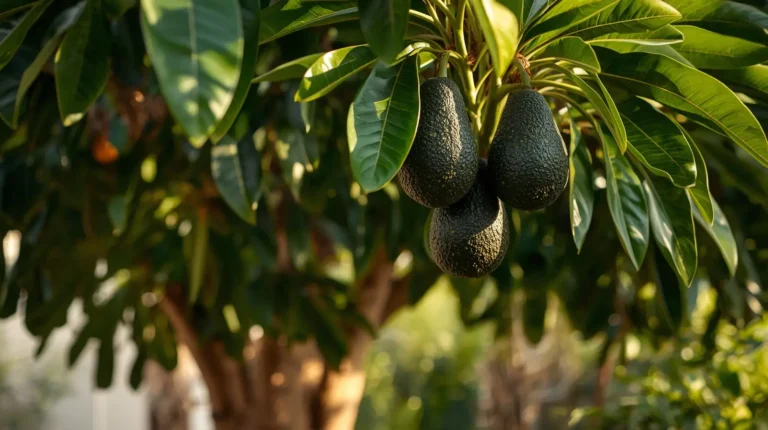Apricots are truly delicious, nutritious, and rewarding fruits to start cultivating. Their sweet fragrance and rich flavor make them a tasty summer treat, especially when freshly picked and still warm from the sun. These vitamin-packed treasures grow best in temperate regions where cold winters and dry, hot summers support healthy development. A young apricot tree needs proper apricot tree care to stay in top health and maintain good productivity. Choose a sunny, well-drained spot and plant during early springtime when the soil begins to warm.
Consistent attention keeps your apricot trees thriving. Provide regular watering, yearly feeding, and gentle pruning to promote balance and air circulation. Always watch for pests that may affect young growth. In time, you’ll see plump, golden fruit hanging on each apricot tree, perfectly ready for harvest. Growing apricots brings both joy and nourishment — a blend of beauty and taste straight from nature.
Tips on how to grow an apricot tree
Planting an Apricot Tree
When you plant apricot trees, start by choosing perfect spots that offer ideal conditions for growth. From my experience, giving your tree the best start makes all the difference later. The right planting time is early spring when the soil is workable and not too cold. Avoid a harsh winter or unexpected frosts that can harm tender young plants. During summer heat, ensure your tree gets enough sunshine but stays well hydrated. Apricots grow best in full sun exposure, receiving at least 6 hours per day of sunlight.
Before you dig, check for well-drained spots so the roots don’t stay soggy. Avoid low areas that can collect cold air or frost. I learned the hard way that proper drainage is key — waterlogged soil leads to weak trees. For those starting from seed, stratify the pit first by refrigerating it just above freezing for about 2-3 months. This cold exposure imitates nature’s cycle and helps the seed crack shell, preparing it for growth.
When ready, sow the seed about 1⁄4 inch deep in a starter container. Keep the soil warm and moist, allowing the seedling to stay healthy as it emerges. Patience pays off — I’ve found that a careful start ensures a strong, fruit-bearing apricot tree later on.
Read Also: 3+ Proven Secrets on How to Grow Jackfruit Tree Fast
Proper Spacing
When planting apricot trees, you need to consider their size and spacing. Standard apricot trees can grow up to 15-20 feet wide once they are mature, so it’s important to make sure you provide enough space for them to thrive. To allow for proper air and light to circulate around the tree, leave ample space between each tree. If you choose dwarf types, they take up less room, but proper spacing is still essential.
When digging, make sure to create wide holes that are deep enough for the root ball. Mix the soil with compost to create a good planting blend. Then, mound some of the soil in the center, set the root ball on top, and carefully backfill around the edges to ensure it’s securely in place. This simple method has worked well for me, and my apricot trees have flourished with proper spacing.
Apricot Tree Care
Taking care of young apricots involves watering regularly to help their roots become established. Once the roots are set, the trees can better withstand droughts and manage dry times with some regular watering. I’ve learned that giving them this early care makes a huge difference in the long run.
By following the right steps when planting apricot trees and tending to them with diligent care, you’ll be rewarded with luscious, sweet fruits. It’s not as difficult as it sounds — with the right attention, you’ll soon see your apricot trees grow successfully and thrive.
When preparing the soil for apricot trees, the proper soil preparation is essential for them to flourish. Start by following the steps during planting to amend and improve soil conditions. Apricots grow best in loamy soil, which is a blend of sand, silt, and clay. It’s important to test the pH of the soil, which should be between 6.5 and 7.5 for optimal growth.

If your soil’s pH is outside the ideal range, you can add sulfur to lower the acidity or lime to raise the alkalinity. I found that adjusting the soil conditions early on, before planting, makes a significant difference in how well the trees grow. By achieving the target pH, your apricot trees will thrive and produce healthy fruit.
Read Also: Troubleshoot Common Fruiting Issues
Soil Preparation
For apricot trees to truly flourish, start with proper soil preparation before planting. I always amend and improve soil conditions by using loamy soil made from a blend of sand, silt, and clay. It’s also important to test the soil pH, keeping it between 6.5 and 7.5 for optimal growth. To reach the right target, you can add sulfur to adjust acidity or use lime to balance alkalinity. These steps ensure that the soil supports strong, healthy growth from the start.
Organic Matter
When preparing the soil for your apricot trees, adding rich organic matter like compost and manure to the planting area can make a huge difference. This helps improve the texture and fertility of the soil, giving it a better ability to hold water and air. Over time, it creates the perfect environment for your trees to grow strong and healthy.
If you notice that drainage is poor, you can plant your trees on a sloped site or mound the soil to elevate the roots above any standing water. Installing drainage tiles also helps to keep the soil dry and well-drained, which is key to promoting root health. I’ve found that by taking these small steps, my trees have grown stronger and more resilient, especially during droughts.
To ensure your apricot trees continue thriving, it’s important to keep nurturing the healthy soil as they mature. Each year, apply some nutritious compost, test the soil, and correct pH as needed. With the right preparation and care, your trees will be well on their way to yielding plenty of fruits.
Watering and Fertilizing
Apricot trees require deep weekly watering to ensure best growth and fruiting. For established trees, it’s recommended to provide 2 inches of water per week. Young trees might need more water, especially during hot, dry weather. It’s essential to maintain a regular watering schedule so the trees can thrive.
Using the right fertilizer is also important. Choose one with equal parts nitrogen, phosphorus, and potassium, which nourishes the trees without promoting excessive leafy growth. Main feeding should be done in early spring when the growth resumes, as this encourages tree vigor, flowering, and fruit production. A second lighter dose of fertilizer can be applied in summer if the trees seem stressed.
However, be cautious not to use too much fertilizer, as it can damage roots, cause leaf burn, and even hinder fruiting. Always follow the label directions carefully. With consistent care, your trees will be set to successfully harvest an abundant ripe fruit
Pruning and Training
Pruning offers many benefits for apricot trees as it improves air circulation, maintains their desired shape and size, and removes unhealthy tissue. I’ve learned that late winter or early spring, before the buds open, is the prime time for pruning. Always use clean tools and sharpened tools to make neat cuts that heal quickly. Start by cutting away dead branches and diseased branches, then selectively thin out the interior canopy to allow for better light penetration.
Any corrective pruning should be done over successive years with annual light pruning and careful training of branches to shape a healthy apricot tree. Whether you grow one from a seed or a sapling, mindful pruning and guidance help develop strong scaffold branches. Through consistent care, your tree will yield abundant apricot fruits and remain strong year after year.
Read Also: Tree Insect Management

Read Also: 7 Secrets to Growing a Lychee Tree in Your Zone
Conclusion
Getting the soil preparation right is one of the most important steps for helping apricot trees flourish. When you amend and improve soil conditions with loamy soil that includes the right blend of sand, silt, and clay, the trees grow stronger and healthier. Regularly testing the pH and maintaining it between 6.5 and 7.5 ensures optimal growth, while adding sulfur or lime helps balance acidity and alkalinity. These simple but effective steps create the perfect environment for productive and long-living apricot trees.

Read Also: Grow Your Own Avocados with Dwarf Avocado Trees
FAQs
- What type of soil is best for apricot trees?
Apricot trees grow best in loamy soil — a healthy blend of sand, silt, and clay that provides good drainage and rich nutrients. - Why should I test the soil pH before planting?
Testing the pH helps ensure your soil falls between 6.5 and 7.5, the ideal range for optimal growth and nutrient absorption. - How can I fix soil that’s too acidic or too alkaline?
If your soil is too acidic, add lime to raise the pH. If it’s too alkaline, add sulfur to lower it and balance the acidity. - When should I prepare the soil for apricot trees?
Start soil preparation a few weeks before planting, giving the amendments time to settle and create ideal soil conditions. - Do apricot trees grow in sandy or clay soil?
They can, but only with proper improvement. Mixing both sand and clay into a balanced loamy soil gives the best results for apricot tree health.




